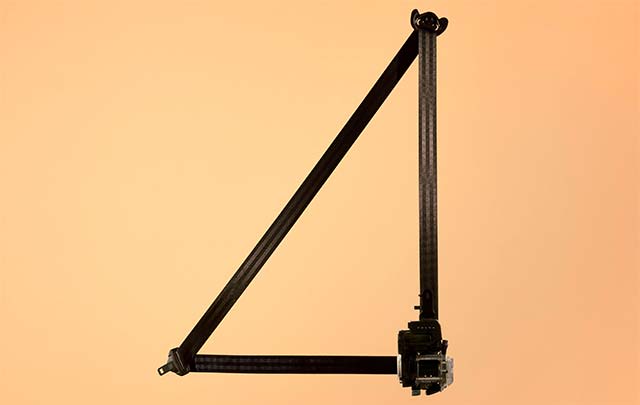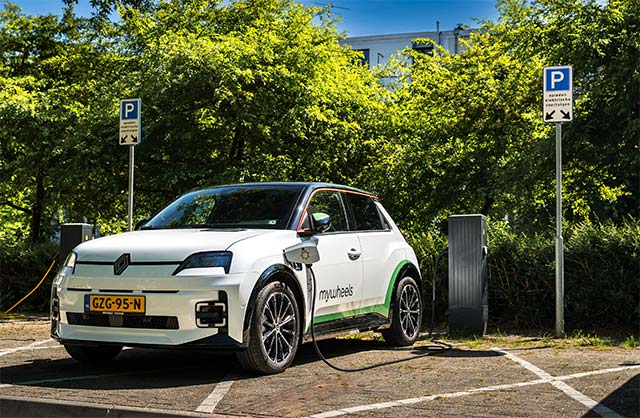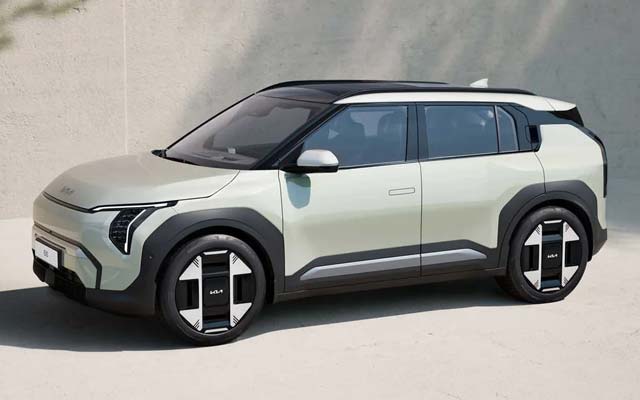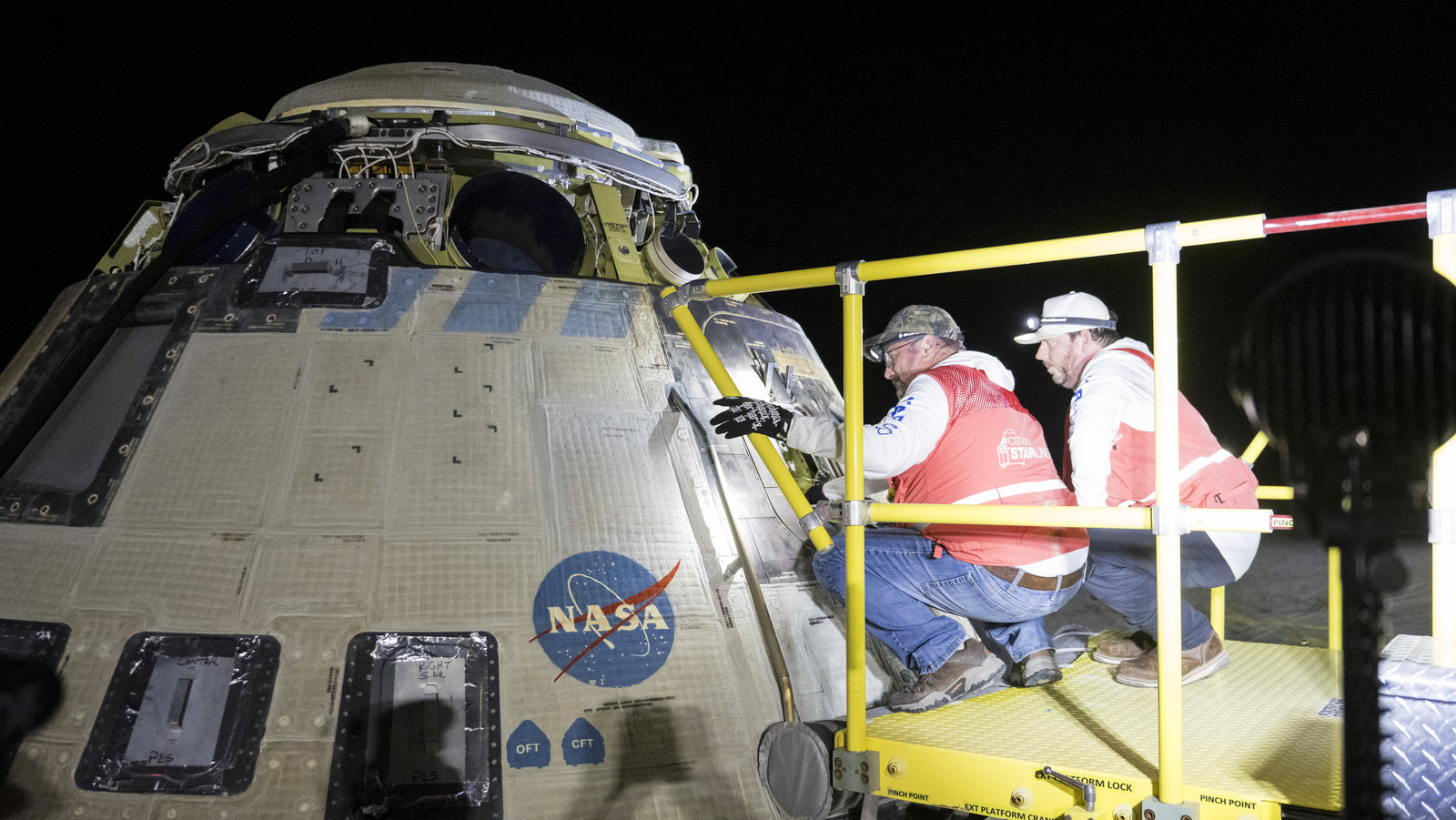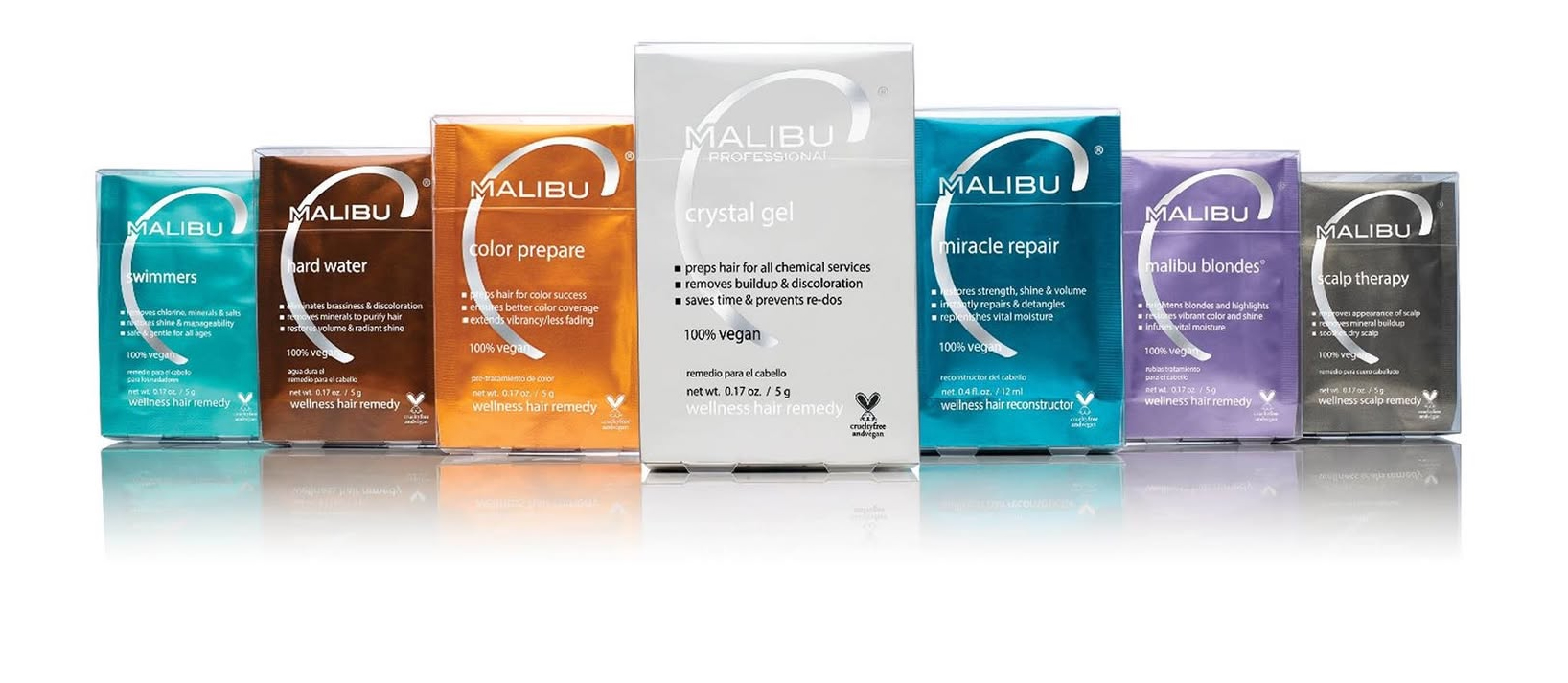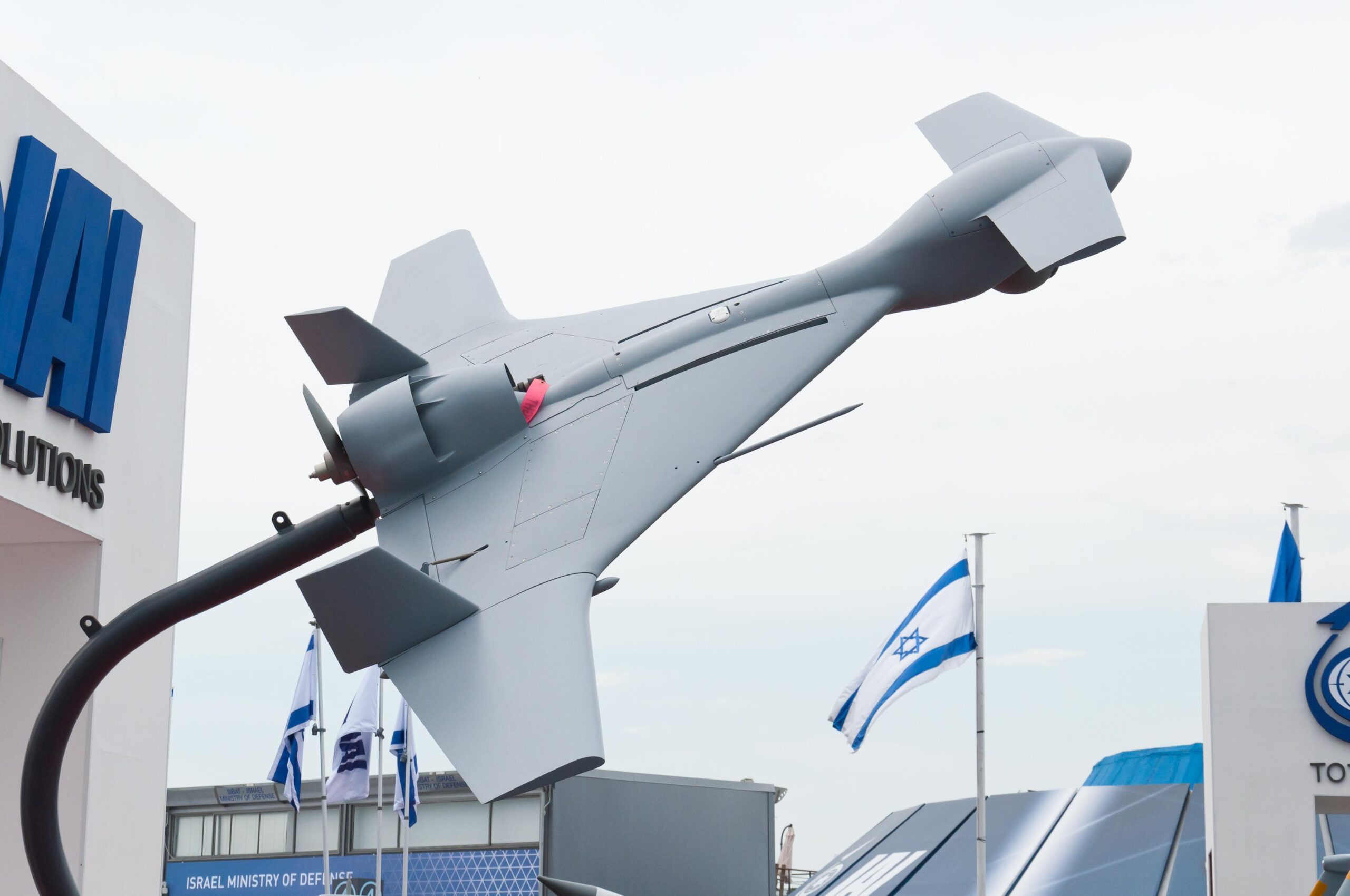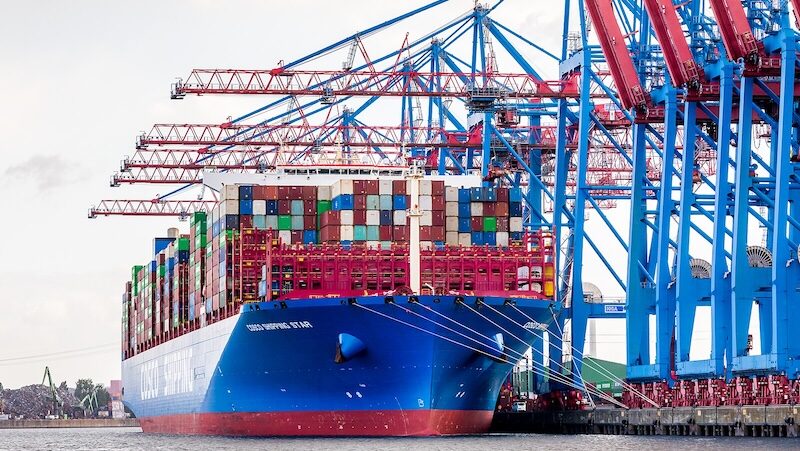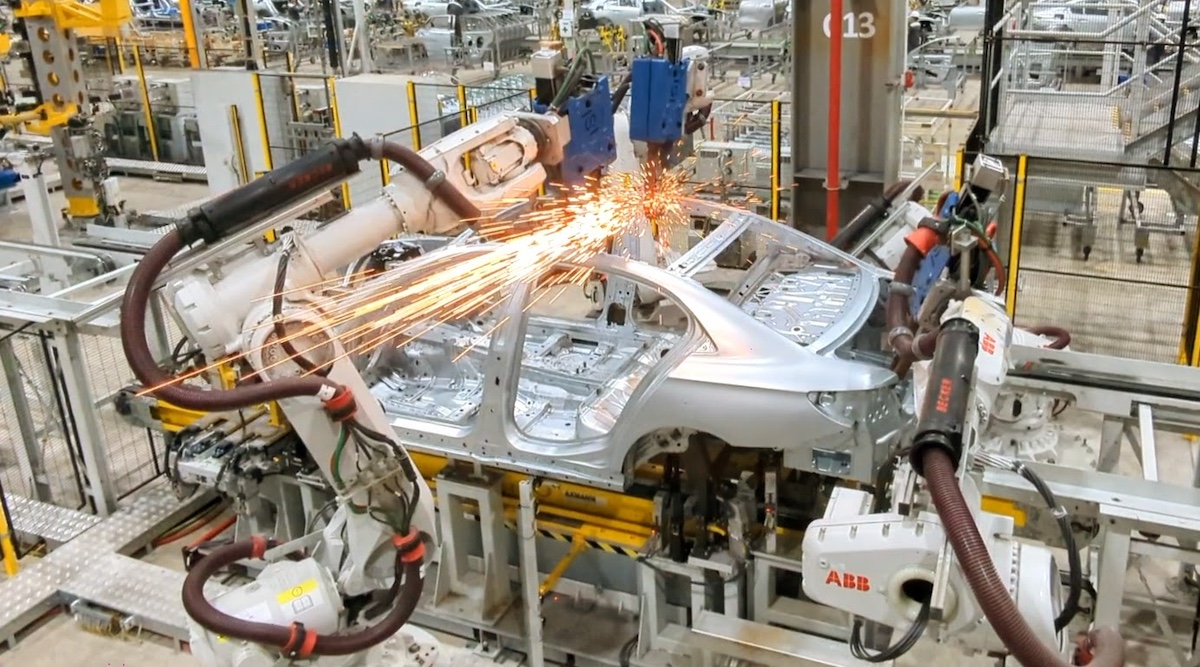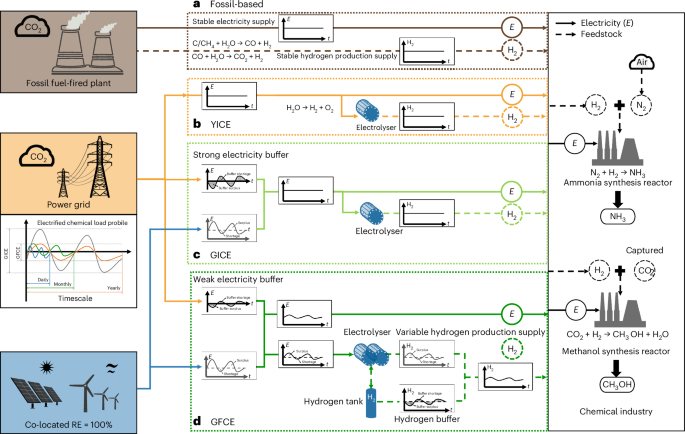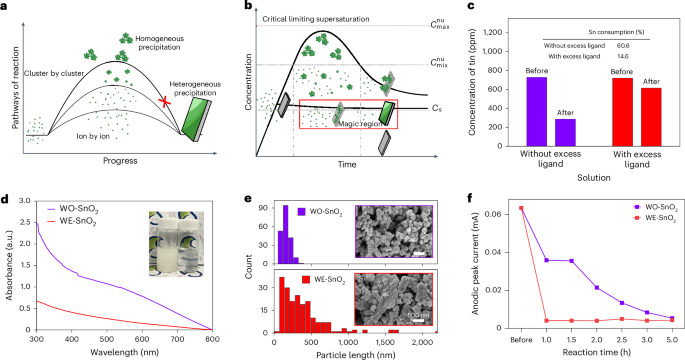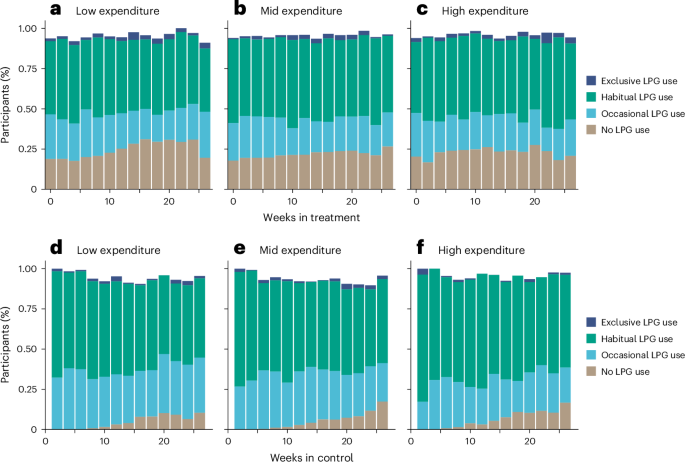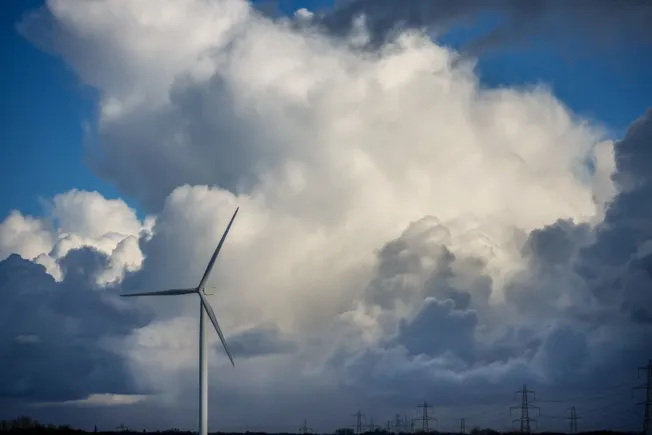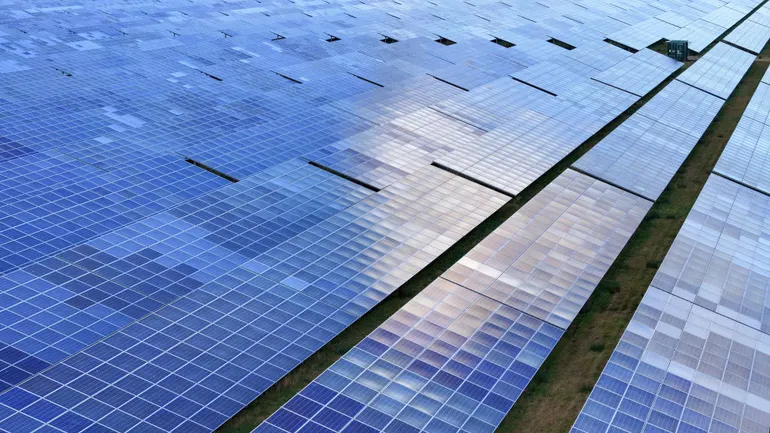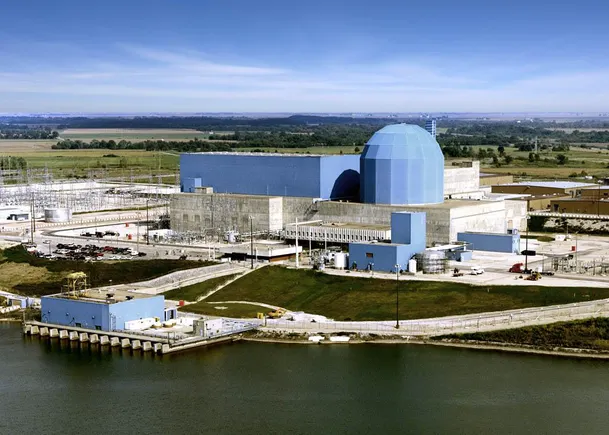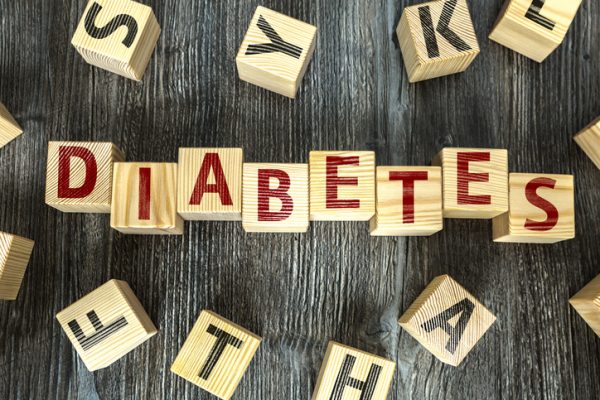Direct Recycling of Retired Lithium‐Ion Batteries: Emerging Methods for Sustainable Reuse
Advanced Energy Materials, Volume 15, Issue 21, June 3, 2025.

This review provides recent progress on direct recycling methods which systematically summarizes its adaptation for different raw materials, degradation mechanisms, pretreatment and removal impurities technologies, and potential capabilities for upcycling electrodes. Furthermore, it provides the study of assessing the environmental benefits of direct recycling through life cycle assessment. Lastly, it indicates some challenges of direct recycling along with corresponding potential solutions.
Abstract
Among various recycling lithium-ion batteries (LIBs) methods, direct recycling consumes far less energy and fewer chemical agents. Most direct regeneration approaches become the specialized process of repairing individual materials due to the different degraded levels of spent materials. This review summarized the solid-state sintering, hydrothermal, eutectic salt, electrochemical, and other emerging methods used for directly repairing various retired power batteries, with a particular focus on their universality when repairing electrodes. Recent progress of different direct recycling methods for retired power batteries (LiFePO4, LiCoO2, LiNixCoyMnzO2) are outlined, the progress of pretreatment and removal of impurities are also summarized, emphasizing the importance of improving the technical stability of direct recycling of retired LIBs. A series of challenges and corresponding potential solutions are also proposed for guiding the development of direct recycling methods toward practical application. Developing a direct repairing technology that can adaptively replenish lithium (Li) resources in spent cathode might be an important target in the future. With the development of direct recycling, the economic, universal, and advanced strategies will be applied by fully understanding the repairing mechanism in the foreseeable future.






















